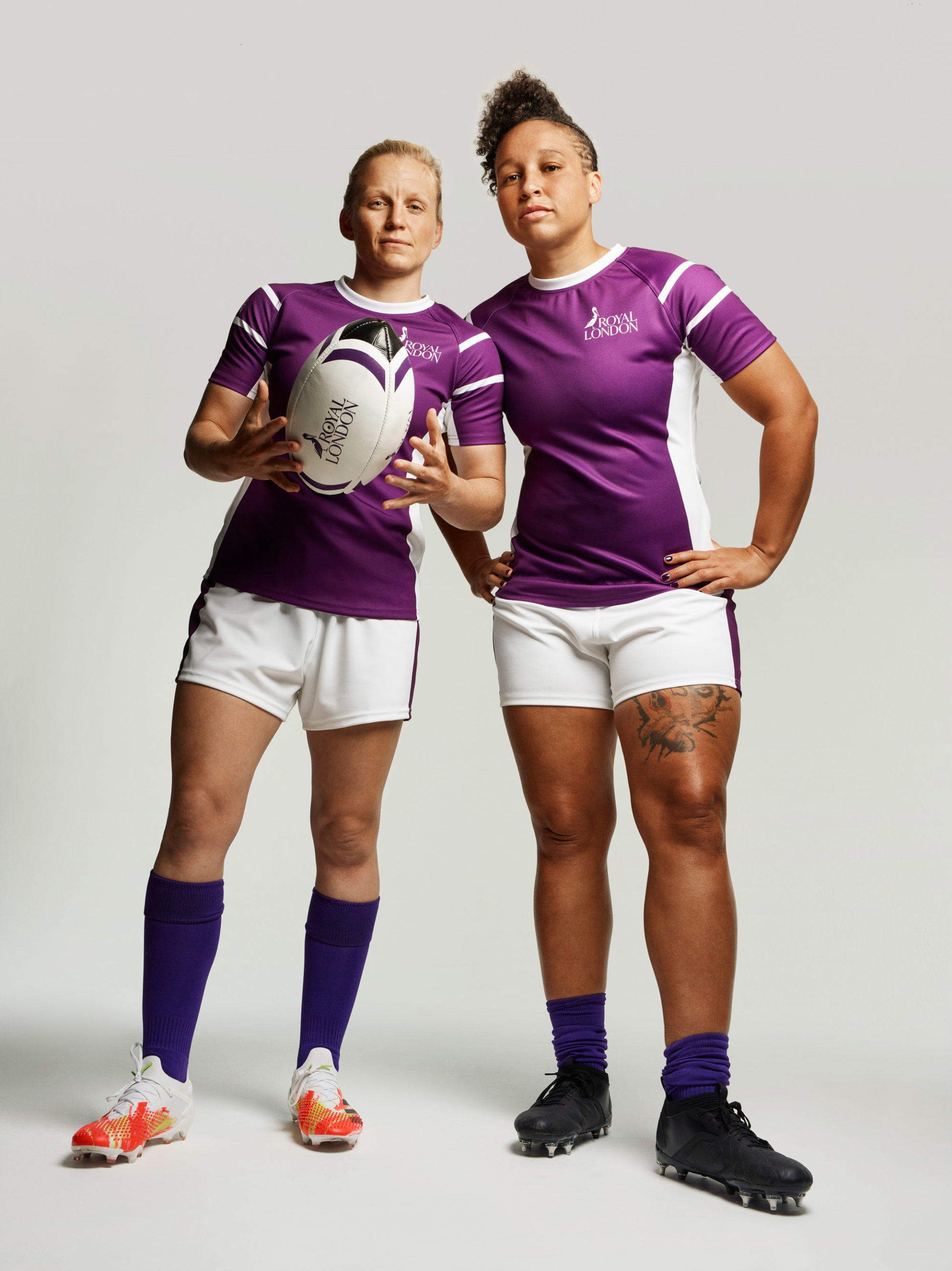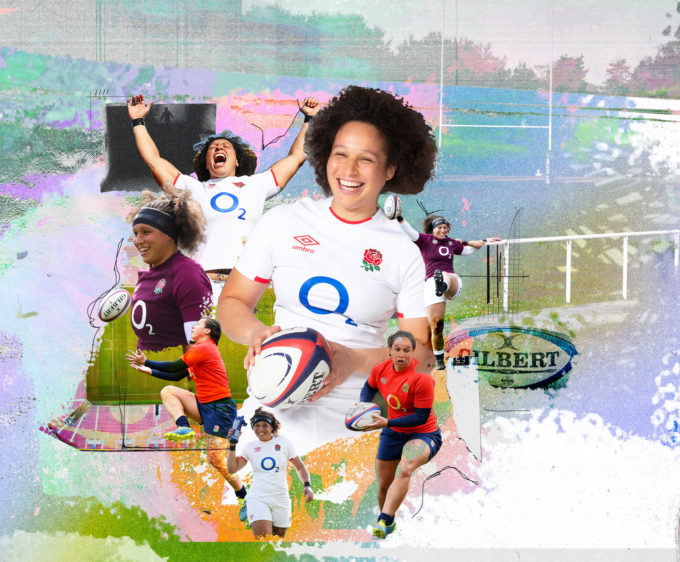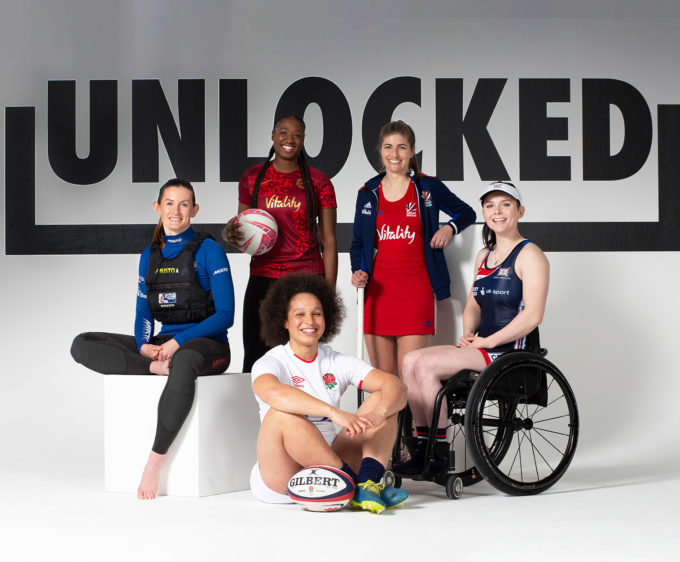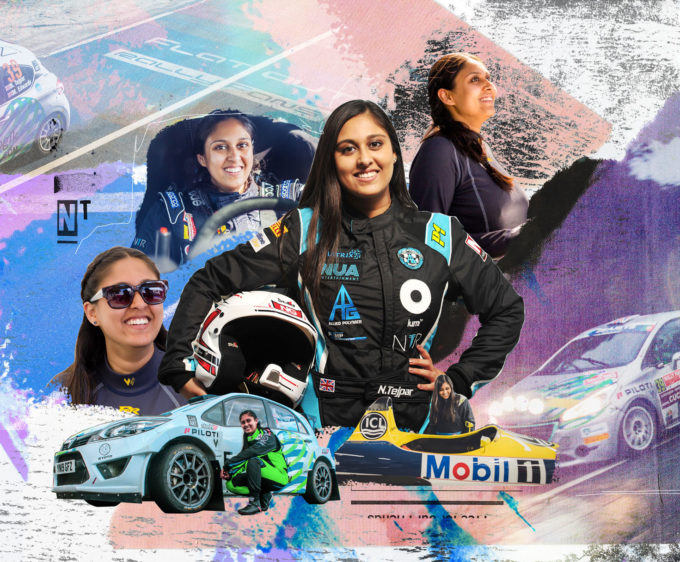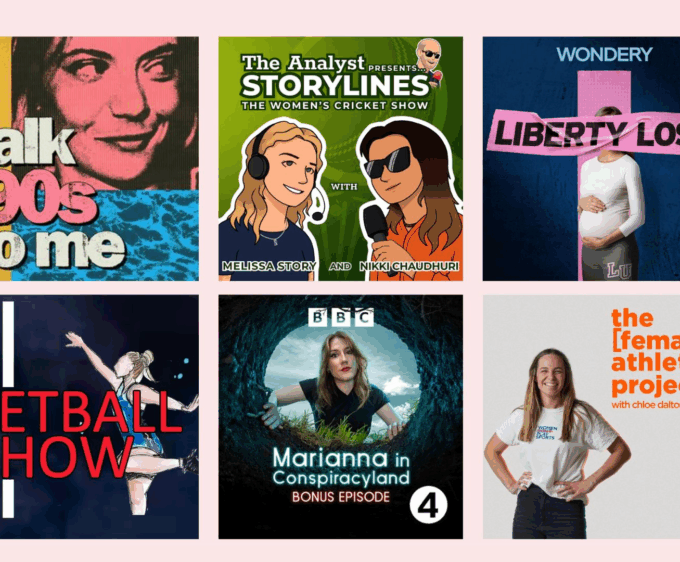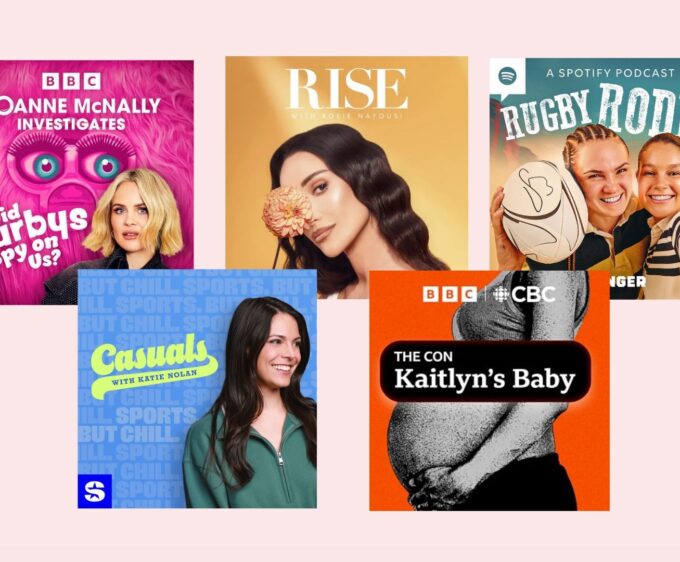
These Lions Just Want Their Share
As the prospect of a women’s Lions tour claws its way closer, we chat to legendary photographer Rankin, as well as two of rugby’s leading ladies, to find out how levelling the playing field will benefit fans and players alike
By Liz Connor
For any sportsperson, there’s no bigger achievement than getting the chance to represent your country at international level. In the world of rugby union, that’s the Lions — an all-star team made up of the best players from England, Ireland, Scotland and Wales.
The Lions is a test side that tours every four years, rotating between Australia, New Zealand and South Africa. It’s a thrilling and unique event that unites rugby fans across the country, and its history runs deep; British and Irish men have been proudly representing their home nations in the Southern Hemisphere since 1888. For female rugby union players, even in 2021, an opportunity to compete at the same level simply doesn’t exist.
With the exponential growth of the women’s game, calls for the creation of a team have been growing for some years. And thankfully, it looks as though things are finally moving in the right direction, as Royal London, the UK’s largest mutual life insurance, pension and investment company, has announced its role as a principal partner for the Lions programme.
The partnership will see the company support research and analysis to help the game continue to grow, including a feasibility study to examine the logistics of how a women’s team could work. Helping to raise the visibility of the women’s game, acclaimed fashion photographer Rankin has been enlisted to shoot portraits of Harlequins flanker Shaunagh Brown and Wasps legend Claire Molloy, who have been announced as ambassadors for the scheme.
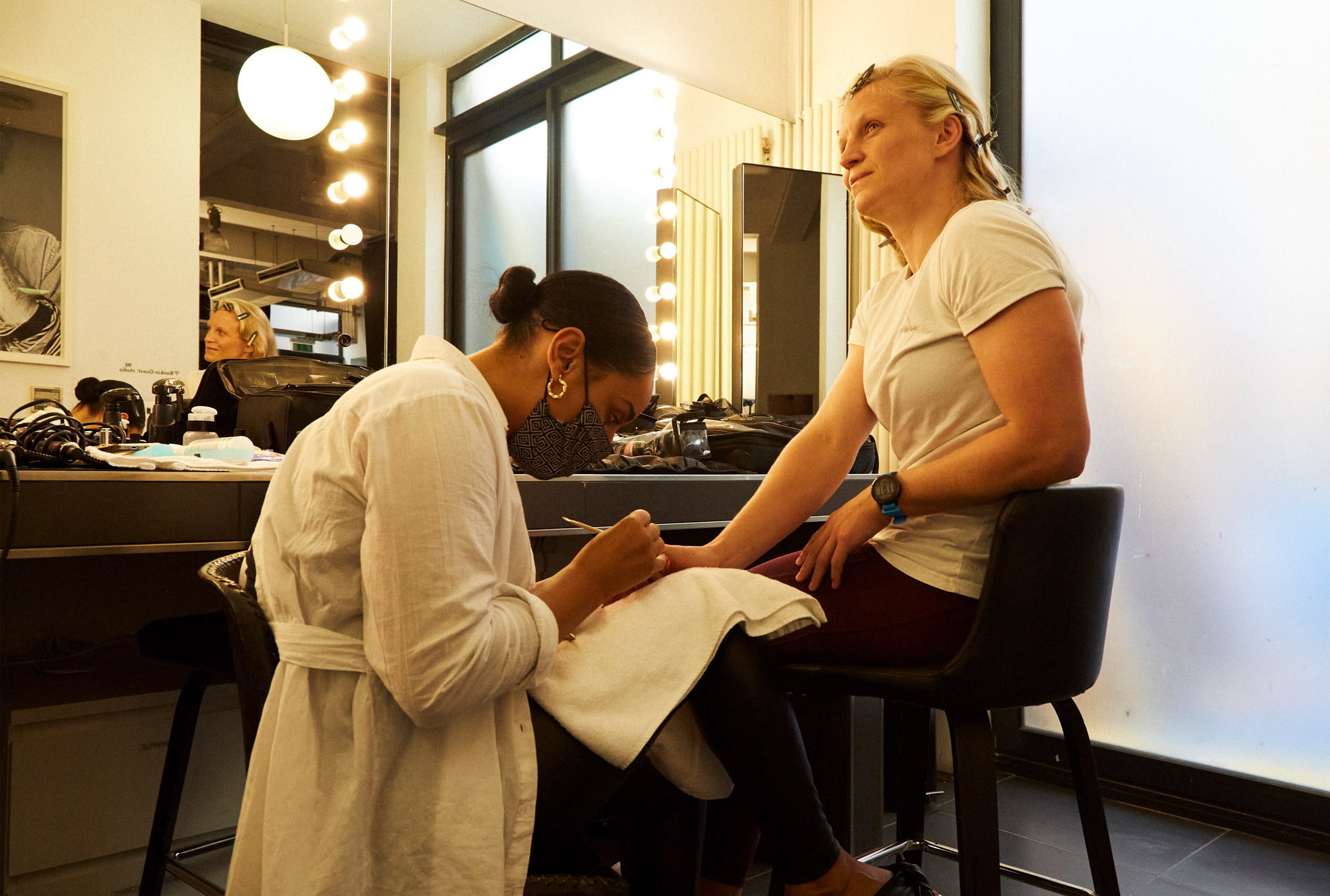
Rankin, who co-founded Dazed & Confused magazine and has shot everyone from Kate Moss to David Bowie, tells me that he was passionate about getting involved in the project, as he recognises the power of sport to “transform the lives of players, coaches and spectators.” This summer’s Tokyo Games were a huge turning point for him. “We’ve all been inspired [by the Olympics], which is why it was such a pleasure to photograph and profile these successful rugby players,” he says. “Highlighting their talent helps to inspire change within the sport and I’m super-proud to have been a small part of that.”
Women’s rugby has come a long way in a very short space of time, but Covid has had a stalling effect on its growth, so investment — along with support from high-profile creatives such as Rankin — could prove vital in expanding the game internationally. “It’s an issue I feel very passionate about,” says the 55-year-old photographer. “The work on the feasibility study looking at the women’s Lions tour is a tremendous opportunity for women’s rugby, and it’s great to be part of it.”
REPRESENT
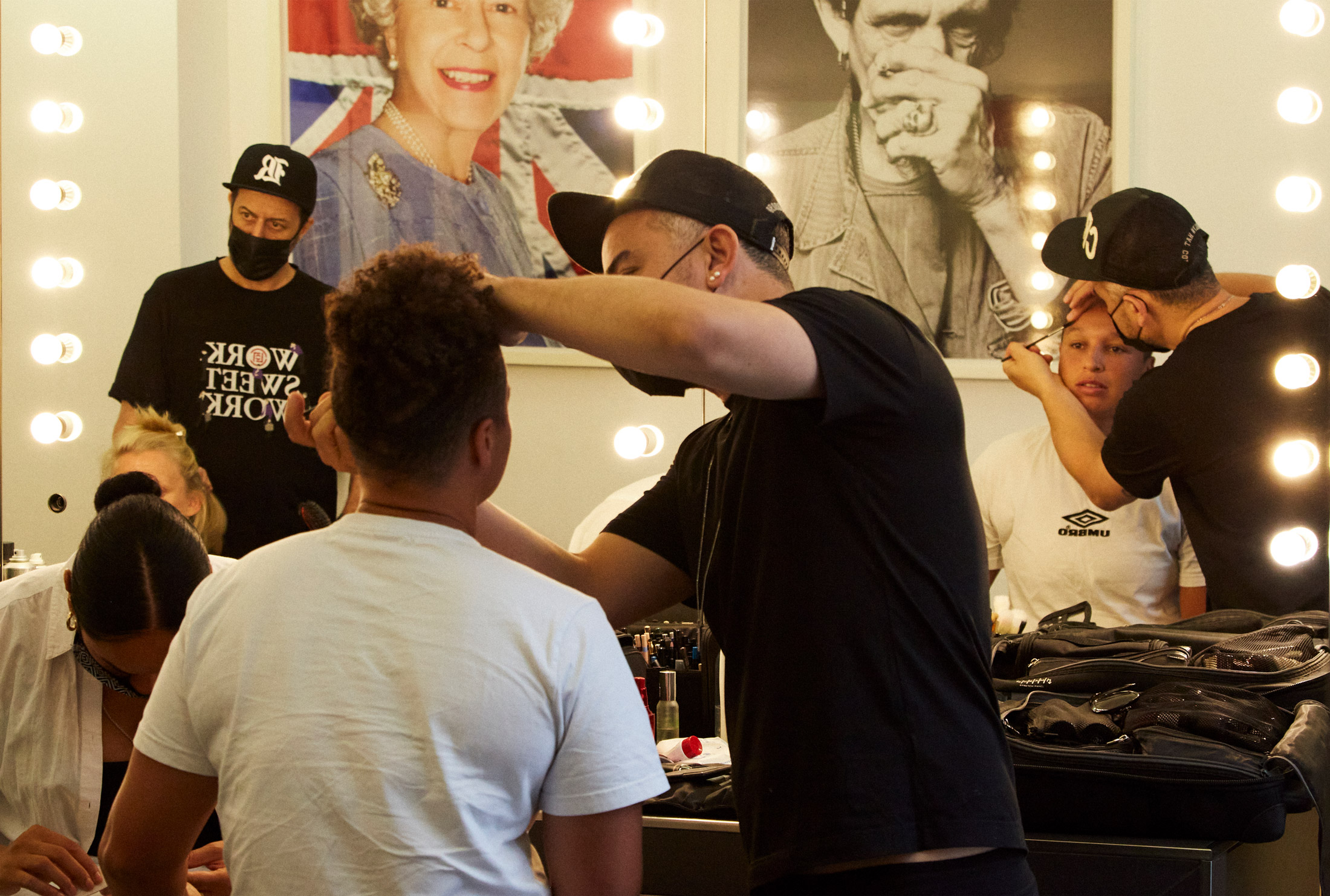
Taking a break between shots, Shaunagh sits down to tell me that being part of a Lions tour “could be compared to being part of an Olympics.” “As a [rugby] 15s player, we don’t have an Olympics option like the sevens do. Yes, we can represent England, Ireland and Scotland separately, but there isn’t an opportunity for more than that.” Thirty-one-year-old Shaunagh has had a remarkable rise in rugby, earning her first international cap after just two years in the game. Prior to that, she was a firefighter, a boxer and even represented England in the hammer throw at the 2014 Commonwealth Games. “I’ve represented Great Britain in athletics, so to be able to do the same in rugby is just a double-double for me.”
“For me, [the tour is about] the fight for parity in the game,” adds Irish flanker Claire, 33. “The Lions series would be a big calendar boost for the women’s game, bringing with it the visibility that the men’s tour receives. That amount of publicity would grow our game tenfold.”
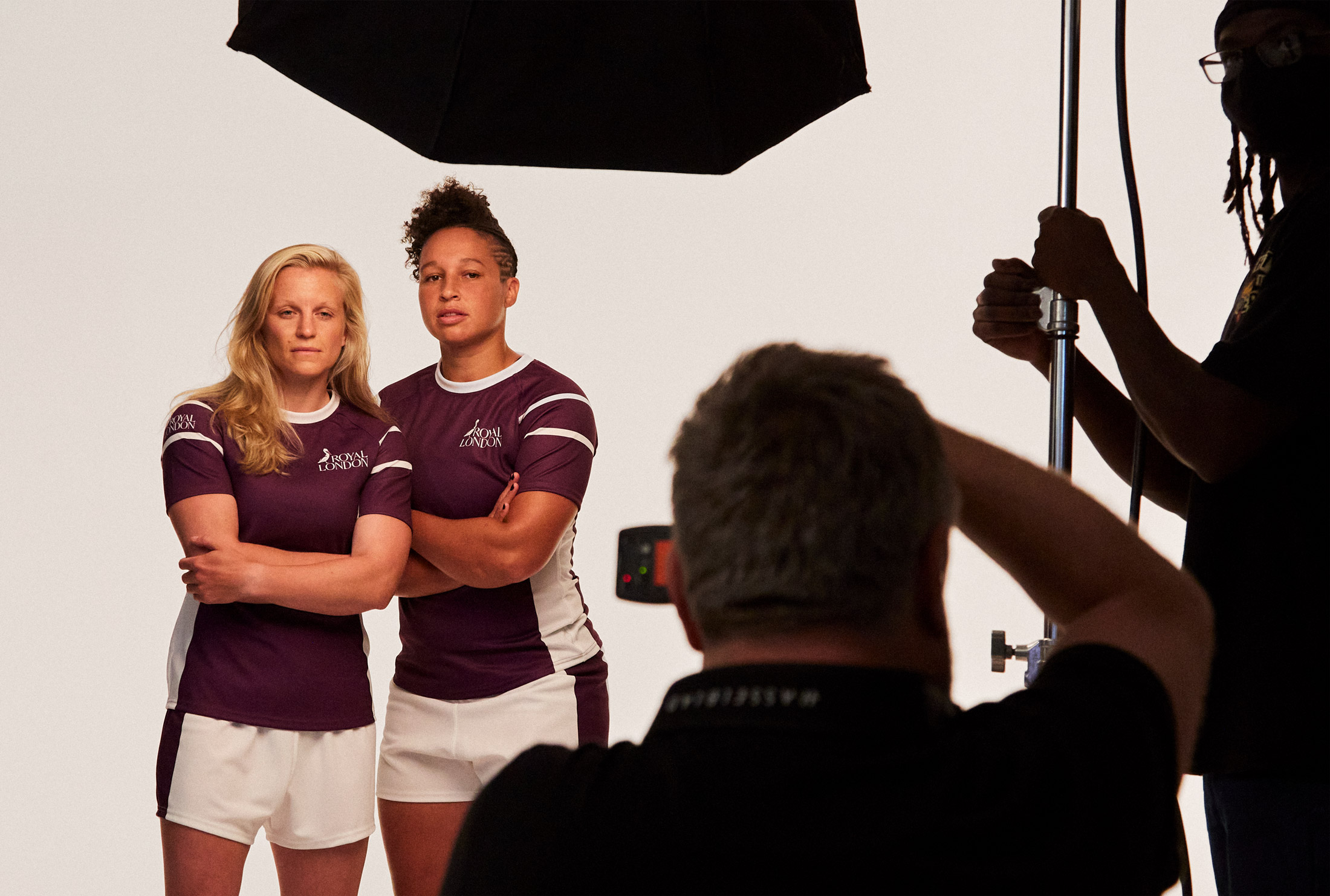
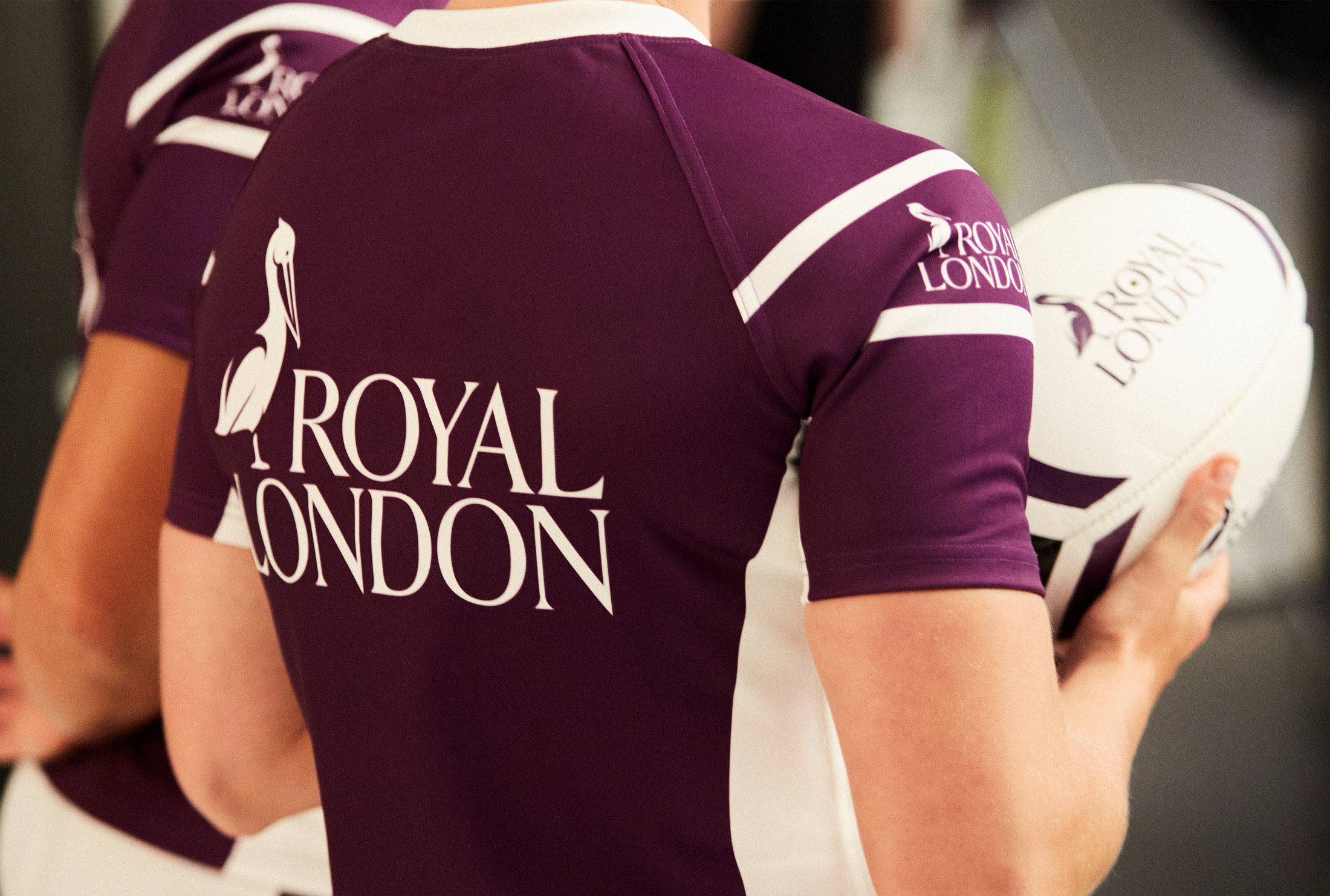
OPPORTUNITY
This April, England’s all-female squad won the Six Nations for the third time in a row, and an impressive 600,000 sports fans tuned into BBC2 to watch the live final. Due to coronavirus, the women’s games were played at a different time to the men’s for the first time, which Shaunagh says was a “vital moment” for getting more eyes on the pitch. “In the Six Nations, we’re often the footnote of the men’s competition,” explains Claire, “But that weekend, we were centre stage. It really let the personalities of the game come to the forefront and be the superstars; girls could look at the TV and say, ‘I want to be the next Dorothy Wall or Beibhinn Parsons.’”
At Rankin’s airy studio in Kentish Town, Claire and Shaunagh have found themselves in a totally alien environment — swapping turf for studio lights — and while they’re comfortable chatting to me about equality in rugby, getting in front of the camera didn’t come naturally at first. “It’s always crucial for me to make sure everyone on set is at ease and comfortable with what we’re shooting, so we made sure Claire and Shaunagh felt welcome from the minute they arrived,” says Rankin.
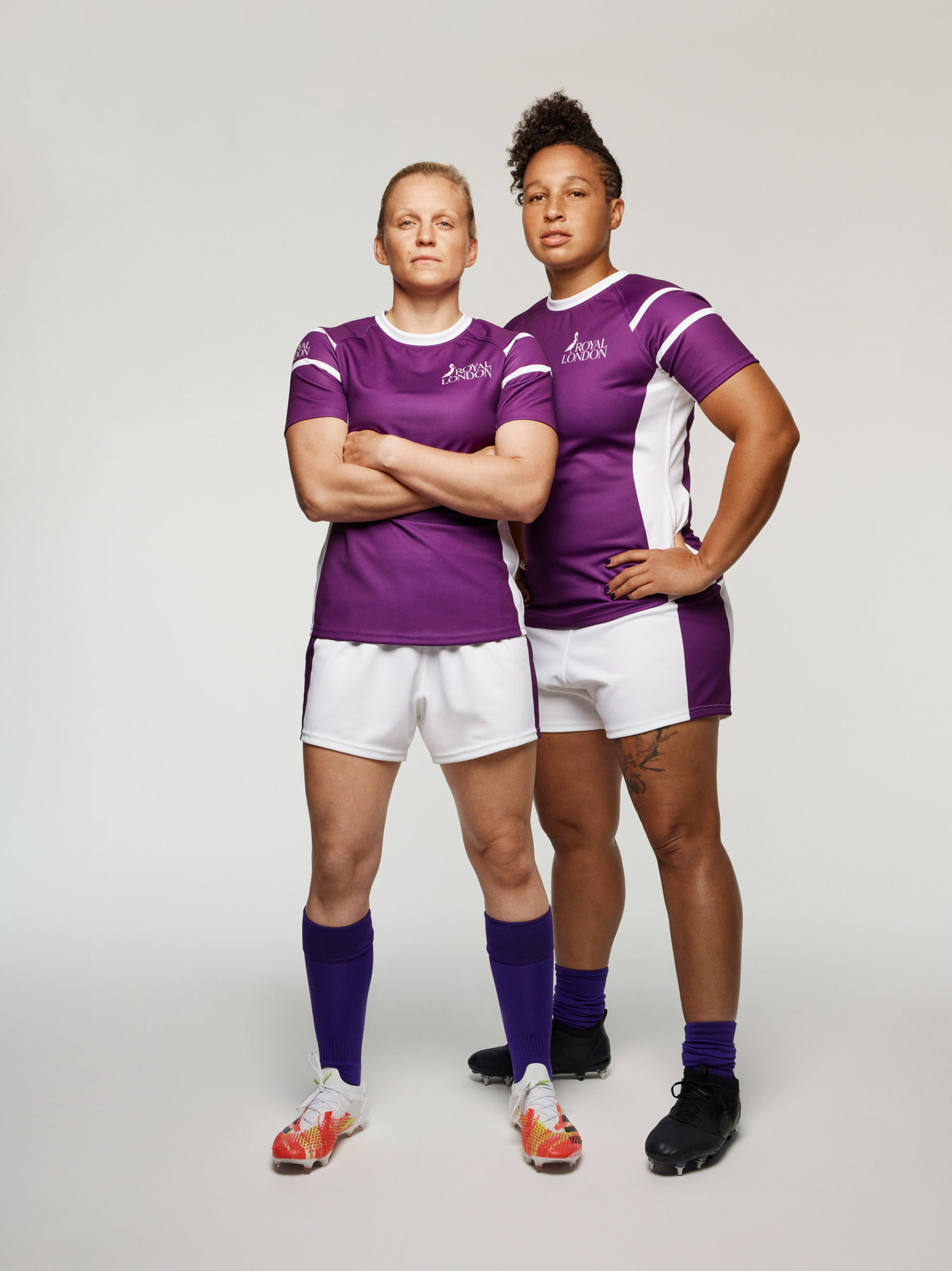
“I’d spent time reading up on them and following their social-media profiles, so our conversations were very relaxed and they both felt at ease. This immediately translated into very natural shots from the outset. Claire and Shaunagh have big personalities, which came across in these shots. I wanted to convey the credibility that women’s rugby is entitled to, and also align with the work that Royal London is doing to level the playing field for women in sport.”
Shaunagh feels that the creation of a Lions team wouldn’t just elevate professional female rugby players, but encourage more women into the sport at a grassroots level, too: “We would be in more places, we’d have advertising involved and there would be more women’s rugby on television. Visibility is number one, but then it’s also about girls growing up and seeing that it doesn’t just end with England — you can go further.”
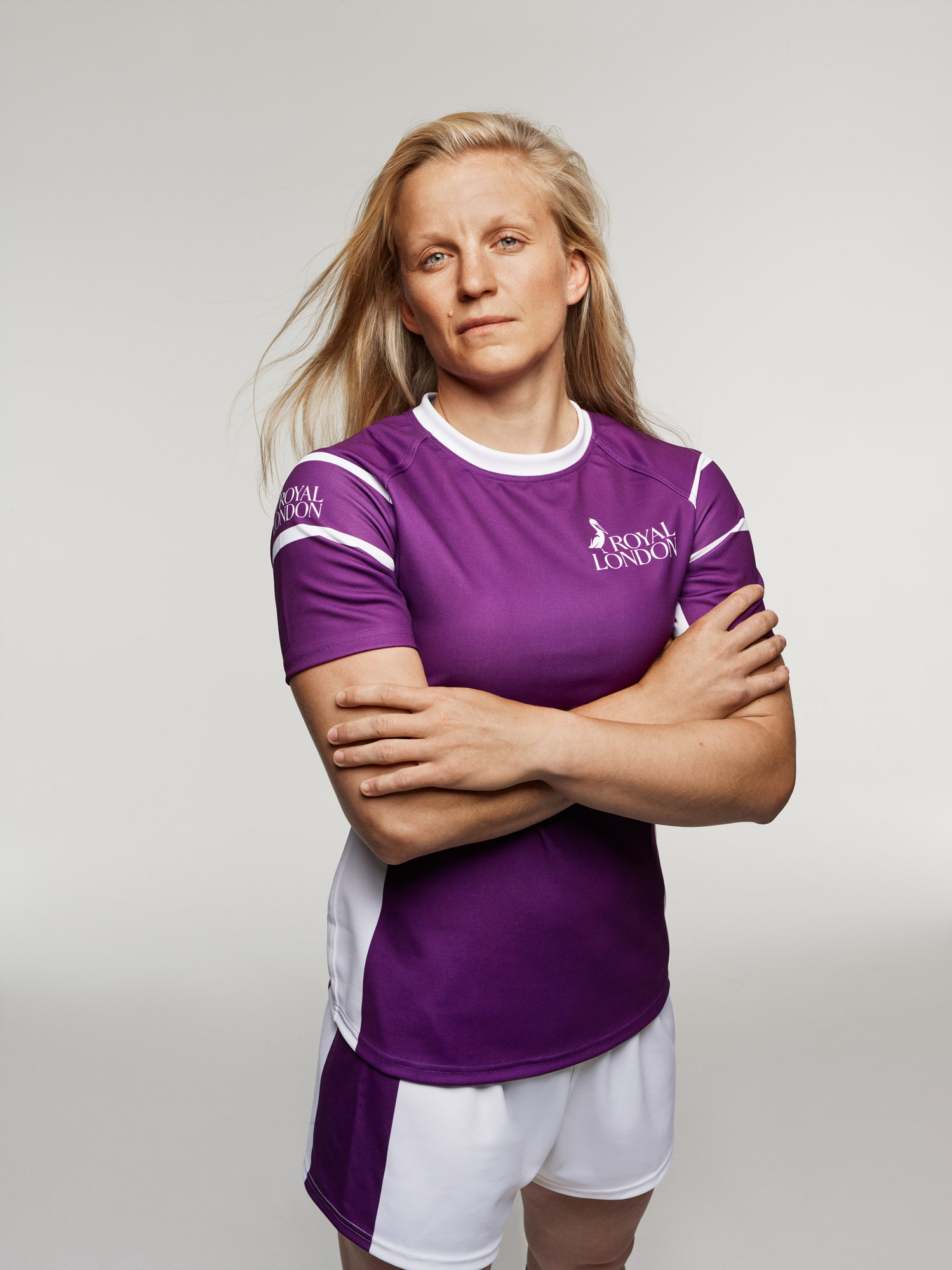
One of the quirks of the Lions tour is that you don’t have to be on a national team to be picked for the squad. “You see it with the men’s game,” says Shaunagh. “A player like Sam Simmonds hasn’t yet been selected for England, and yet he’s been on a British and Irish Lions tour. If you haven’t been capped, you can think that your international career is over, but with the Lions, it’s not the case. Women interested in the game will be able to see that there’s always more to achieve.”
With a Lion’s tour, Shaunagh, Claire and Rankin are all optimistic that it will be the chance to break from tradition. “We’re not going to follow the men around and we’re not going to be in their shadow,” stresses Shaunagh. “It will be important for us to stand on our own platform.” For her, it “wouldn’t work” to mimic the men’s game because of the time of year the games are played, and the years they fall on, which could interfere with the women’s World Cup cycle.
VISIBILITY
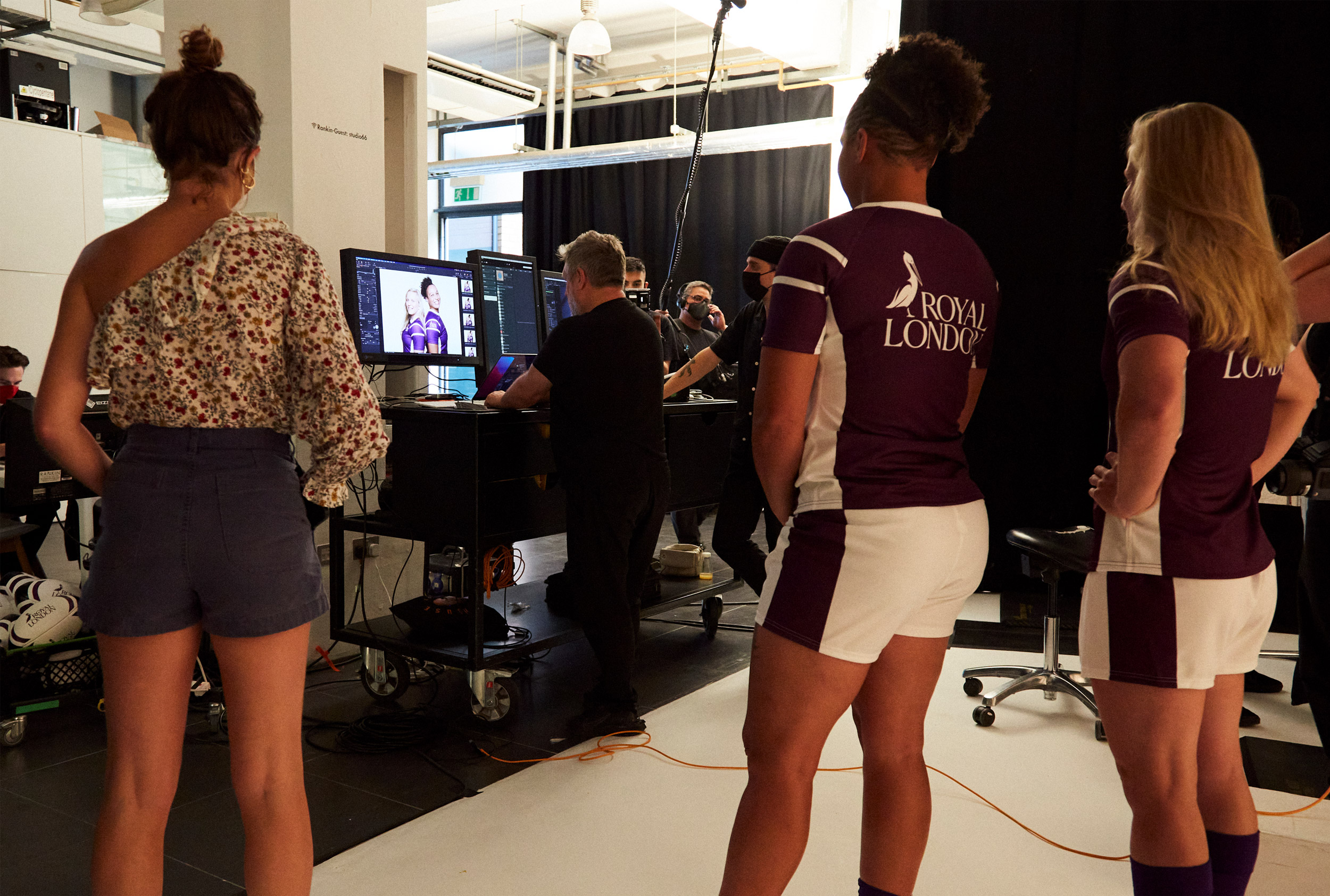
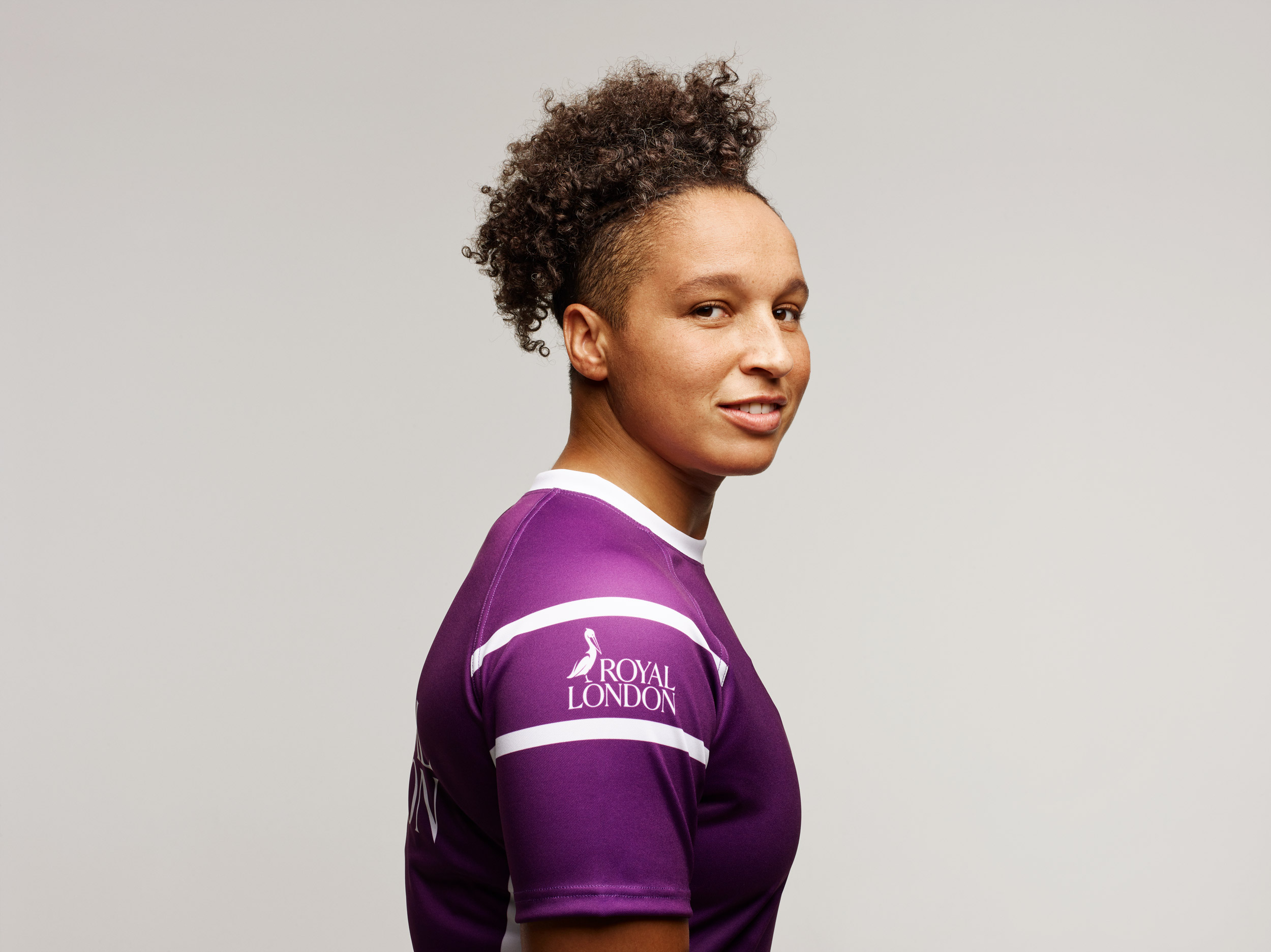
Claire continues: “The women’s game is a totally different brand and competition, and there are different touring opportunities for us because the US and Canada are the powerhouses in the game, as opposed to New Zealand and South Africa for the men.” Arguably, most rugby fans would prefer the games to fall in a different year to the men’s tour, too, as Shaunagh notes: “They just want to watch rugby — as we saw with the success of our Six Nations being moved to stand alone throughout April. Lots of people tuned in for the first time because they were hungry for sport.”
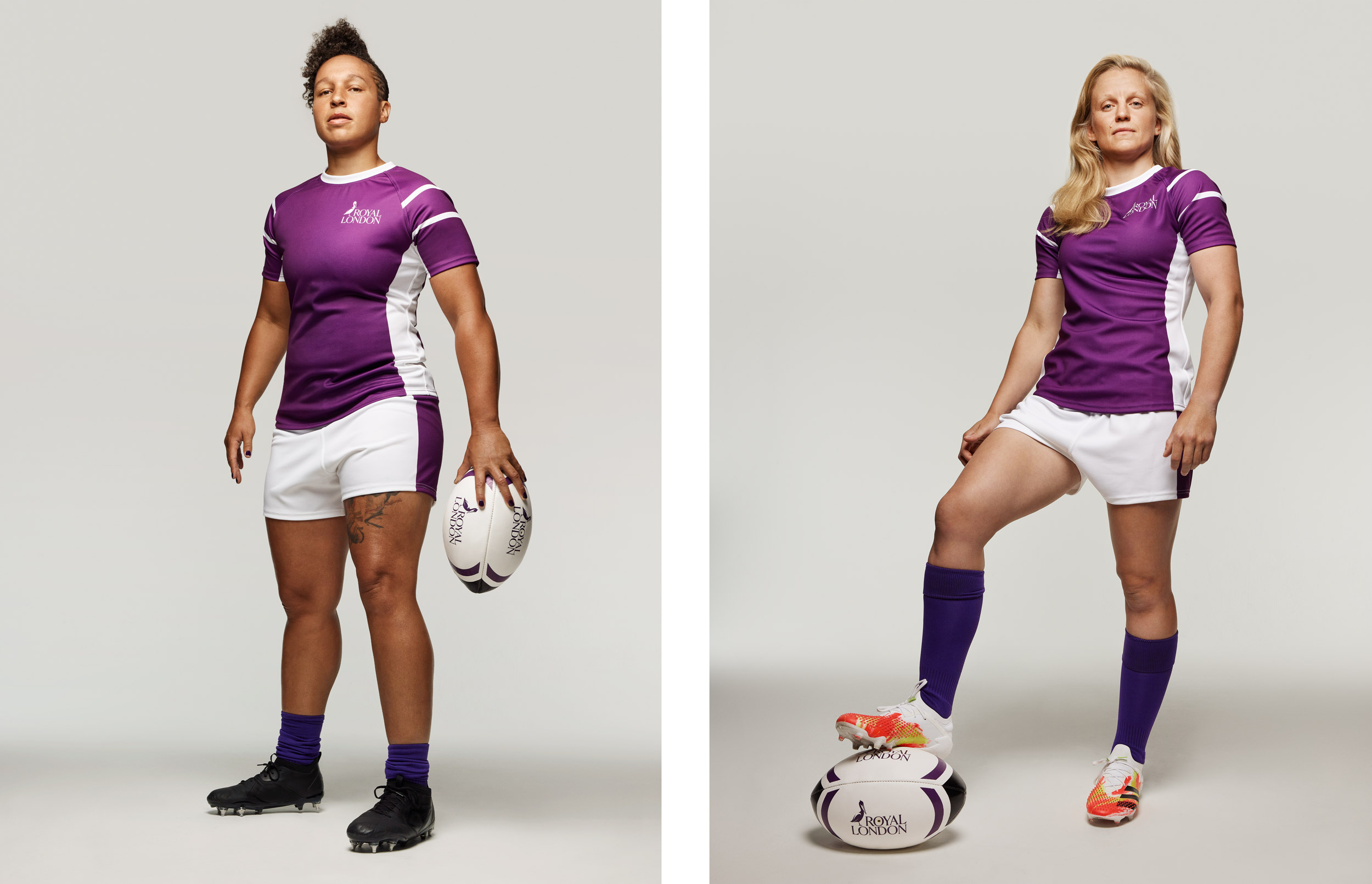
The tour pilot isn’t just a box-ticking exercise in achieving equality, though. This year’s hard-fought Six Nations final against France proved the quality of play in the women’s game and the huge entertainment value that a women’s Lions tour could offer to sports fans. England’s win has boosted confidence in the game, and if the Euros and Tokyo Olympics have taught us anything, it’s that we relish watching our home side achieving sporting greatness. As Shaunagh points out: “Everyone likes a winner, right?”
